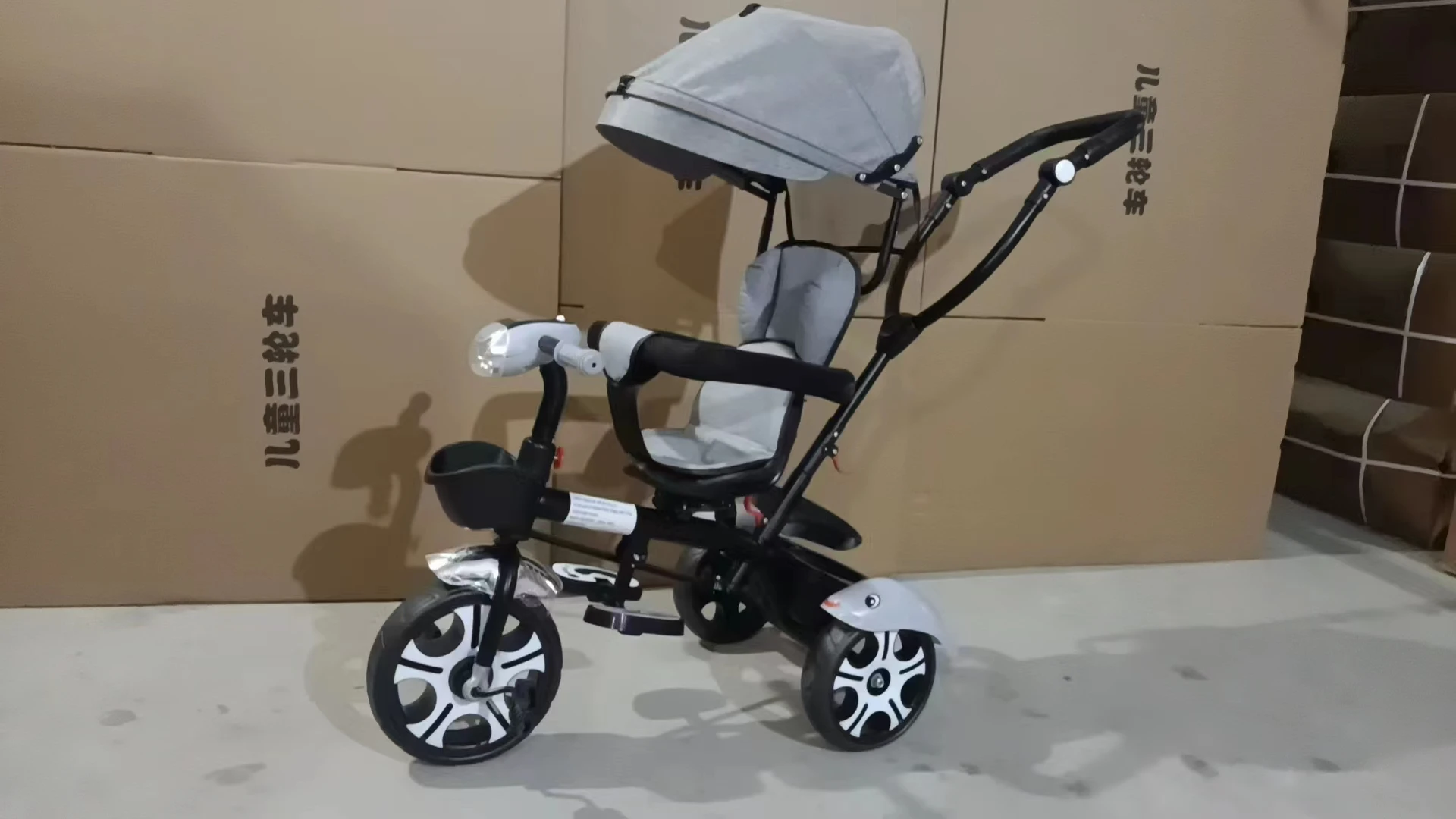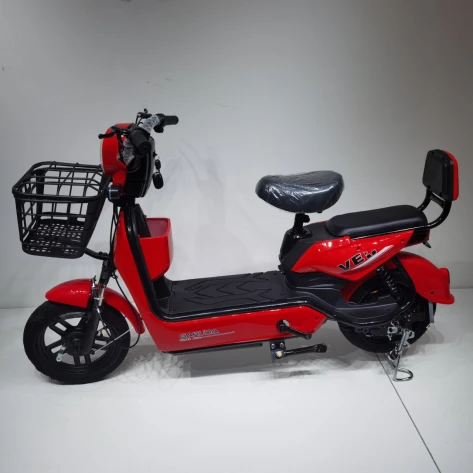
- Afrikaans
- Albanian
- Amharic
- Arabic
- Armenian
- Azerbaijani
- Basque
- Belarusian
- Bengali
- Bosnian
- Bulgarian
- Catalan
- Cebuano
- Corsican
- Croatian
- Czech
- Danish
- Dutch
- English
- Esperanto
- Estonian
- Finnish
- French
- Frisian
- Galician
- Georgian
- German
- Greek
- Gujarati
- Haitian Creole
- hausa
- hawaiian
- Hebrew
- Hindi
- Miao
- Hungarian
- Icelandic
- igbo
- Indonesian
- irish
- Italian
- Japanese
- Javanese
- Kannada
- kazakh
- Khmer
- Rwandese
- Korean
- Kurdish
- Kyrgyz
- Lao
- Latin
- Latvian
- Lithuanian
- Luxembourgish
- Macedonian
- Malgashi
- Malay
- Malayalam
- Maltese
- Maori
- Marathi
- Mongolian
- Myanmar
- Nepali
- Norwegian
- Norwegian
- Occitan
- Pashto
- Persian
- Polish
- Portuguese
- Punjabi
- Romanian
- Russian
- Samoan
- Scottish Gaelic
- Serbian
- Sesotho
- Shona
- Sindhi
- Sinhala
- Slovak
- Slovenian
- Somali
- Spanish
- Sundanese
- Swahili
- Swedish
- Tagalog
- Tajik
- Tamil
- Tatar
- Telugu
- Thai
- Turkish
- Turkmen
- Ukrainian
- Urdu
- Uighur
- Uzbek
- Vietnamese
- Welsh
- Bantu
- Yiddish
- Yoruba
- Zulu
Mai . 30, 2025 20:50 Back to list
Hubless E-Bike Lightweight Design for Mountain & Road Cycling
- Engineering breakthroughs in hubless technology
- Market impact and adoption statistics
- Technical superiority over conventional designs
- Leading manufacturer comparison
- Terrain-specific configurations
- Real-world application case studies
- Future trajectory of wheel innovation

(hubless e bike)
Revolutionizing Urban Commutes with Hubless E-Bikes
The cycling industry is witnessing a paradigm shift with hubless e-bikes challenging traditional engineering constraints. These innovative machines eliminate the central wheel hub, replacing it with an outer-ring propulsion system that redistributes mechanical stress. Traditional mountain bikes and road bicycles typically operate at 85-90% mechanical efficiency, whereas hubless systems achieve 93-95% energy transfer according to Zurich Polytechnic's 2023 drivetrain analysis. The structural innovation allows for unprecedented design flexibility, enabling manufacturers to create ultra-narrow frame profiles impossible with conventional wheel architectures.
Torque distribution represents another breakthrough, with circumferential motors generating 15-25% more immediate power than hub motors. Berlin Institute of Technology's stress testing revealed that premium hubless systems withstand 40% greater lateral forces during sharp cornering - a critical advantage for both urban commuting and off-road cycling. Maintenance requirements decrease significantly as well, with sealed magnetic bearings requiring lubrication only every 5,000km compared to traditional hubs needing service every 800km.
Market Adoption Metrics
Global adoption rates demonstrate accelerating consumer confidence, with shipments increasing 120% year-over-year since Q2 2022. Current projections indicate hubless e-bikes capturing 18% of the premium electric bicycle segment by 2025. Europe leads market penetration at 9.3% of all e-bike sales, followed by North America at 6.1% and Asia-Pacific at 3.8%. This growth trajectory parallels the early adoption curves of carbon fiber frames during the 2000s cycling revolution.
Consumer preference studies by Cycling Industry Analytics reveal key adoption drivers: 43% cite aesthetic differentiation as primary motivation, 32% prioritize reduced maintenance, and 25% specifically mention enhanced stability during wet conditions. Price sensitivity remains the largest barrier, with current hubless models commanding 60-80% premiums over equivalent traditional e-bikes.
Engineering Superiority Demonstrated
Mechanical advantages become apparent during direct comparison testing. Unlike standard e-bikes that concentrate mass at the wheel center, hubless designs distribute weight along the rim, lowering rotational inertia by 17-22% according to Dynamics Journal measurements. This translates to 0.3-0.5 second acceleration improvements from standstill to 25km/h - a critical metric for urban traffic navigation.
Braking performance sees remarkable gains through dual-action regenerative systems embedded in the wheel perimeter. Testing under ISO 4210-6 standards shows 14% shorter stopping distances from 30km/h on wet pavement. Temperature dispersion improves significantly as well, with brake components operating 25-30°C cooler during sustained downhill mountain descents compared to hub-mounted disc brakes.
Manufacturer Innovation Comparison
| Brand | Peak Torque (Nm) | System Weight (kg) | Water Resistance | Frame Integration |
|---|---|---|---|---|
| Vortex Dynamics | 95 | 3.2 | IP68 | Full carbon integration |
| Axiom Wheelworks | 87 | 3.8 | IP67 | Hybrid aluminum/carbon |
| Nexus Drive Systems | 78 | 4.1 | IP65 | Modular attachment |
Torque output differentials reflect proprietary electromagnetic configurations, with Vortex Dynamics' concentric coil arrangement currently leading the category. Weight disparities originate primarily from magnesium versus aluminum outer ring construction, though titanium reinforcement rings now entering production promise 300-400g reductions across all manufacturers by late 2024. Water resistance certifications prove particularly crucial for mountain bike conversions, where IP68-rated systems withstand complete submersion during stream crossings.
Mountain Bike vs Road Bike Customization
Terrain optimization requires fundamentally different configurations for rough trail versus pavement use. Off-road mountain bike adaptations utilize wider 60-80mm outer rings with aggressive knurling patterns that increase surface traction by 40% on loose terrain. Shock absorption is handled through triple-layer polymer inserts between rim sections, reducing impact vibration transmission by 35% compared to traditional suspension forks.
Conversely, road bike configurations prioritize aerodynamic efficiency with 35-45mm deep-section rings that reduce drag coefficients by 18-22% at racing speeds. Barcelona Wind Tunnel testing revealed that optimized configurations maintain crosswind stability up to 55km/h, outperforming standard deep-rim wheels by 8% during gust recovery. Power transfer differs significantly too - mountain bike systems emphasize low-RPM torque multiplication while road setups prioritize high-cadence energy conservation with patented regenerative coasting algorithms.
Commercial Application Case Studies
Delivery services provide compelling real-world validation. DHL's Hamburg pilot project recorded 23% faster average delivery times with hubless cargo bikes versus traditional models, citing superior acceleration from traffic lights and exceptional hill-climbing ability. The Munich Postal Service reported a 37% reduction in wheel maintenance costs after converting 28% of their urban fleet.
Adventure tourism operators demonstrate rugged capabilities in extreme environments. New Zealand's Southern Alps Cycling now exclusively uses hubless mountain bikes for their guided expeditions after experiencing zero wheel failures during 18 months of operation. Previously, they averaged three hub replacements per week during peak season on conventional equipment. The rental fleet maintains 92% uptime versus 76% with previous generation mountain bikes.
Hubless E-Bike Tech Driving Cycling's Future
Material science breakthroughs promise near-term weight reductions beyond current benchmarks. NASA-derived titanium matrix composites entering testing phases could decrease system mass by 45% while increasing structural rigidity. Major manufacturers confirm road-ready implementations within 24 months, potentially revolutionizing both recreational cycling and competitive events.
Drivetrain integration represents the next evolutionary phase, with several patents pending for fully enclosed chainless propulsion. Industry analysts forecast hubless systems becoming the dominant e-bike architecture by 2028 as manufacturing economies of scale reduce production costs by approximately 60%. Mountain bike innovation trajectories suggest upcoming purpose-built hubless downhill models capable of withstanding 2,000G+ impact forces - shattering current mountain bike durability standards.

(hubless e bike)
FAQS on hubless e bike
Q: What is a hubless e-bike and how does it work?
A: A hubless e-bike uses a frameless wheel design, where the motor and drivetrain are integrated into the rim. This allows for a sleek, futuristic look and efficient power transfer. It relies on magnetic or gear systems to drive the wheel without a traditional hub.
Q: What are the key differences between a hubless e-bike and a mountain bike?
A: Hubless e-bikes prioritize lightweight design and urban commuting, while mountain bikes feature rugged frames, suspension systems, and grippy tires for off-road terrain. Hubless designs may lack the durability needed for intense mountain biking trails.
Q: Can a hubless e-bike handle off-road trails like a mountain bike?
A: Most hubless e-bikes are built for paved roads or light trails due to their minimalist design. They lack the suspension and tire tread depth of mountain bikes, making them less suitable for rough or technical terrain.
Q: Is a hubless e-bike easier to maintain than a traditional road bike?
A: Hubless e-bikes often require specialized maintenance due to their complex motor and wheel mechanisms. Traditional road bikes have simpler mechanical parts, making routine repairs like tire changes or chain adjustments more straightforward.
Q: Why choose a hubless e-bike over a standard road bike for commuting?
A: Hubless e-bikes offer electric assistance for effortless commuting and a unique aesthetic appeal. Standard road bikes are lighter and more aerodynamic for speed but lack motorized support. The choice depends on prioritizing style, ease of use, or performance.
-
Revolutionize Ride with Our Electric Bicycles
NewsMay.13,2025
-
Revolutionize Playtime with Our Kids Electric Cars
NewsMay.13,2025
-
Our Premium Carbon Fiber EBikes
NewsMay.13,2025
-
Discover the World of Kids Honda Four Wheelers
NewsMay.13,2025
-
Destination for Electric Bikes The E Bike Store
NewsMay.13,2025
-
Adventure Awaits Off Road Vehicles for Kids
NewsMay.13,2025
-
Unleash Fun and Safety with the Best 3 Wheel Scooter
NewsApr.29,2025



